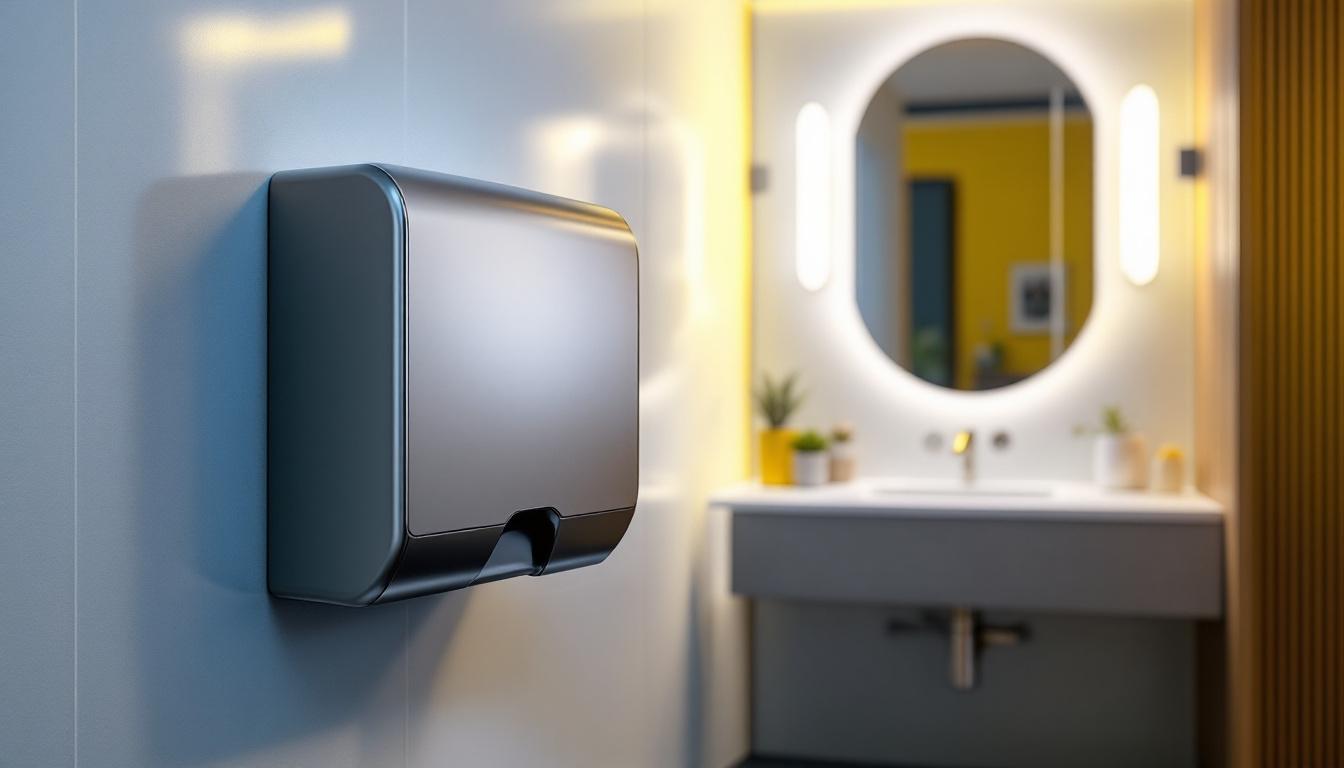
Lighting contractors play a crucial role in enhancing the ambiance and functionality of spaces through effective lighting solutions. Among the various fixtures they work with, chandeliers often stand out as focal points in residential and commercial settings. However, the mounting of chandeliers can be fraught with challenges. Understanding common mistakes made during the chandelier mounting process can help contractors deliver superior results and ensure client satisfaction.
The correct installation of a chandelier is essential for both aesthetic appeal and safety. A poorly mounted chandelier can lead to various issues, including misalignment, instability, and even accidents. It is vital for contractors to recognize the significance of proper mounting techniques to avoid these pitfalls.
One of the primary reasons for meticulous chandelier mounting is safety. An improperly secured chandelier can fall, posing serious risks to occupants and damaging property. Ensuring that the mounting hardware is suitable for the chandelier’s weight and style is critical. This includes using appropriate anchors, brackets, and support systems to handle the load effectively. Additionally, it is important to consider the type of ceiling material when mounting a chandelier. For instance, drywall ceilings may require different mounting techniques compared to those made of concrete or wood. Contractors should also be aware of local building codes and regulations that may dictate specific mounting requirements to ensure compliance and safety.
Beyond safety, the visual impact of a chandelier is heavily influenced by its mounting. A crooked or unevenly hung chandelier can detract from the overall design of a room. Contractors must take the time to measure and align fixtures correctly, ensuring they are hung at the appropriate height and centered within the space. This attention to detail can significantly enhance the aesthetic appeal of the installation. Furthermore, the choice of chandelier style can also affect how it should be mounted. For example, a large, ornate chandelier may require a more robust mounting system to support its weight, while a delicate, minimalist design might need careful positioning to highlight its elegance. The interplay of light and shadow created by the chandelier’s design can transform a space, making proper mounting even more crucial in achieving the desired ambiance.
Despite the importance of proper chandelier mounting, several common mistakes can occur during the installation process. Identifying these errors can help contractors refine their techniques and improve their overall service quality.
One of the most frequent mistakes made by lighting contractors is failing to provide adequate support for the chandelier’s weight. Many chandeliers can be surprisingly heavy, and if the mounting hardware is not rated for the load, it can lead to disastrous outcomes. Contractors should always check the weight specifications of the chandelier and ensure that the mounting system is designed to handle it. Additionally, using a ceiling junction box that is rated for the chandelier’s weight is crucial. A standard junction box may not be sturdy enough, leading to potential hazards such as the chandelier falling and causing injury or damage.
The type of ceiling significantly influences the mounting process. Contractors often overlook the differences between drywall, plaster, and other ceiling materials. Each type requires specific mounting techniques and hardware. For instance, a chandelier mounted on a plaster ceiling may need toggle bolts, while a drywall ceiling might require a different approach. Understanding the ceiling type and using the appropriate mounting methods is essential for a successful installation. Furthermore, the height of the ceiling can also impact the installation; higher ceilings may necessitate additional chain or wire length, and the chandelier should be hung at a height that is both aesthetically pleasing and functional, allowing for adequate light distribution without obstructing views or walking paths.
Another critical aspect that is sometimes overlooked is the electrical wiring involved in chandelier installation. Contractors must ensure that the existing wiring is up to code and capable of handling the chandelier’s electrical load. This includes verifying that the circuit can support the wattage of the chandelier’s bulbs. Additionally, using the correct gauge of wire is essential for safety and efficiency. If the wiring is outdated or insufficient, it can lead to flickering lights or even electrical fires. It’s also wise to consider the installation of a dimmer switch, which can enhance the ambiance of the space and provide flexibility in lighting levels, making the chandelier not just a source of light but a key design element in the room.
The selection of mounting hardware is critical to the success of chandelier installation. Using the wrong type of hardware can lead to instability and potential hazards. Contractors should be well-versed in the various types of mounting systems available and their respective applications.
There are several types of mounting hardware used for chandeliers, including ceiling hooks, mounting plates, and support brackets. Each type serves a specific purpose and is designed to accommodate different chandelier styles and weights. Contractors must assess the chandelier’s design and weight before selecting the appropriate hardware. For example, a large, ornate chandelier may require a more robust mounting plate than a smaller, minimalist design.
In addition to weight support, the compatibility of the mounting hardware with the electrical system is crucial. Contractors should ensure that the mounting system allows for proper wiring and that it does not obstruct any electrical connections. Failing to consider the electrical aspects can lead to complications during installation and may compromise the chandelier’s functionality.
While there are many effective techniques for chandelier installation, certain practices should be avoided to ensure a successful outcome. Understanding these techniques can help contractors maintain high standards in their work.
One of the most significant mistakes contractors make is rushing the installation process. While time is often a factor in any project, taking shortcuts can lead to errors and safety issues. It is essential to take the necessary time to measure, align, and secure the chandelier properly. A rushed installation may result in a crooked fixture or inadequate support, both of which can have serious consequences.
After installation, testing the stability of the chandelier is a crucial step that is often overlooked. Contractors should gently shake the chandelier to ensure it is securely mounted and does not wobble. This simple test can help identify potential issues before the chandelier is fully operational, allowing for adjustments to be made as needed.
Effective communication with clients is essential throughout the chandelier installation process. Setting clear expectations can help prevent misunderstandings and ensure a smooth experience for both parties.
Before installation begins, contractors should have a thorough discussion with clients regarding their design preferences. This includes the chandelier’s style, size, and placement within the space. Understanding the client’s vision allows contractors to tailor their approach and ensure that the final result aligns with the client’s expectations.
Once the chandelier is installed, providing clients with maintenance guidance is an important aspect of the service. Contractors should explain how to care for the chandelier, including cleaning tips and any necessary adjustments over time. This not only enhances the longevity of the fixture but also reinforces the contractor’s professionalism and commitment to quality service.
As technology continues to advance, lighting contractors have access to various tools and resources that can enhance the chandelier installation process. Embracing these technologies can lead to improved efficiency and accuracy.
One of the most valuable tools for chandelier installation is a laser level. This device allows contractors to achieve precise alignment and ensure that the chandelier is hung evenly. By projecting a straight line, a laser level eliminates guesswork and provides a clear reference point for installation. Utilizing this technology can significantly reduce the likelihood of misalignment and enhance the overall quality of the installation.
In addition to laser levels, 3D visualization tools can be beneficial during the planning phase. These tools allow contractors to create digital representations of the space, helping clients visualize how the chandelier will look in their environment. By incorporating 3D visualization into the design process, contractors can facilitate more informed decision-making and enhance client satisfaction.
After the chandelier installation is complete, follow-up communication with clients is essential. This not only demonstrates professionalism but also provides an opportunity to address any concerns that may arise.
Contractors should schedule a follow-up visit or call to check in with clients regarding the chandelier’s performance. This allows for the identification of any potential issues, such as flickering lights or instability. Addressing these concerns promptly can help maintain a positive relationship with clients and reinforce their confidence in the contractor’s expertise.
Encouraging feedback from clients is another important aspect of post-installation follow-up. Contractors can gain valuable insights into their performance and identify areas for improvement. Positive feedback can also serve as a testament to the contractor’s skills, which can be beneficial for future marketing efforts.
Chandelier mounting is a critical aspect of lighting installation that requires careful attention to detail. By understanding common mistakes and implementing best practices, lighting contractors can enhance their skills and provide exceptional service to their clients. From ensuring adequate weight support to leveraging technology, every step in the process contributes to a successful chandelier installation.
Ultimately, the goal is to create a beautiful and functional lighting solution that meets the client’s needs and expectations. By avoiding common pitfalls and embracing a professional approach, lighting contractors can elevate their work and establish a reputation for excellence in the industry.
Don’t let common chandelier mounting mistakes compromise your next project. At LumenWholesale, we provide lighting contractors with the highest quality, spec-grade lighting products at prices that make sense for your bottom line. With our extensive selection, you can trust that you’re installing reliable and high-performance lighting that aligns with industry standards. Say goodbye to middleman markups and hello to hassle-free bulk buying with free shipping. Elevate your lighting installations and ensure your clients are dazzled by the results. Discover the value and convenience of Wholesale Lighting at the Best Value with LumenWholesale today.

Discover the essential insights lighting contractors need to master bathroom vanity lighting.

Discover expert insights and practical tips for lighting contractors working with Bulb T12.

Discover why lighting contractors should prioritize electrical hand dryers in their projects.

Discover the common pitfalls lighting contractors face with standard incandescent bulb bases and learn how to avoid them.